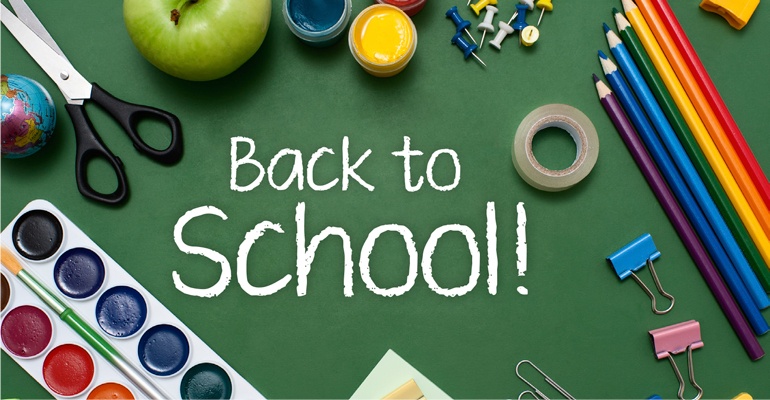“One in ten children in America—over 5 million in all—has a vision problem significant enough to impact their ability to learn in school.”
5 million. Let that number sink in. While the typical school vision screening may give students a ‘perfect’ grade of 20/20, this test only tells one thing: how well they can see at a distance. An estimated 80% of learning occurs through a child’s eyes and seeing the chalkboard clearly is only one small part of this. (This according to prweb.com)
And while school vision screenings are a great first indicator that there might be a problem, these types of screenings simply aren’t enough.
Many parents may be relying on vision screenings in school to check for eye problems. But as Michael McQuillan, OD, FCOVD (VSP.com) shares that while those screenings are good, they’re not good enough. We talked with the VSP doctor and 27-year optometric veteran to get his take on screenings versus complete eye exams.
So what is a school vision screening?
Dr. McQuillan: Usually a school nurse is responsible. The main point of the screening is to check distance vision-how well the child can read a chart from 20 feet. But near vision isn’t tested in the screening. There might also be a color-vision test for kindergarten boys because they’re more likely to have color blindness. It’s pretty basic stuff.
What kind of things can a screening overlook?
Dr. McQuillan: Unfortunately, they can overlook plenty of problems. I’d say that maybe 15-20% of school children have vision problems a screening is likely to miss. Remember, the exam is checking only for distance visual sharpness – the classic blackboard-friendly “20-20 vision”- and not for other conditions. A child could easily pass the vision screening, but not be able to see well enough to read a book.
What are the most common problems that go unnoticed?
Dr. McQuillan: The most common is a problem with eye coordination. Just like some kids are “clumsy,” eyes can be clumsy too. The problem is called “binocular vision dysfunction,” and it frequently won’t show up in a screening. It can cause reading problems. Farsightedness, where you can’t see up close, is also missed a lot in screenings.
Another condition I’ve occasionally treated, after it was previously overlooked during a screening, is amblyopia, or “lazy eye.” This is where one eye wanders and doesn’t join the other eye in focusing. In return, the brain learns to ignore the visual input from the lazy eye. Lifelong vision loss can result if the problem isn’t addressed.
What can be the results of missed conditions in screening?
Dr. McQuillan: It’s really pretty simple: kids who don’t see well, don’t learn well. If a child is having problems in the classroom, rule one is get them to an eye doctor for a complete eye exam. I can’t tell you how many times I’ve diagnosed a condition that was missed in a screening, and resulted in negative results in the classroom.
Final advice for parents out there…
Dr. McQuillan: A yearly eye exam in children is a must. Their eyes can change so quickly, and before you know it, their performance in school can suffer. The good news is that most conditions can be easily corrected, once they’re detected.

